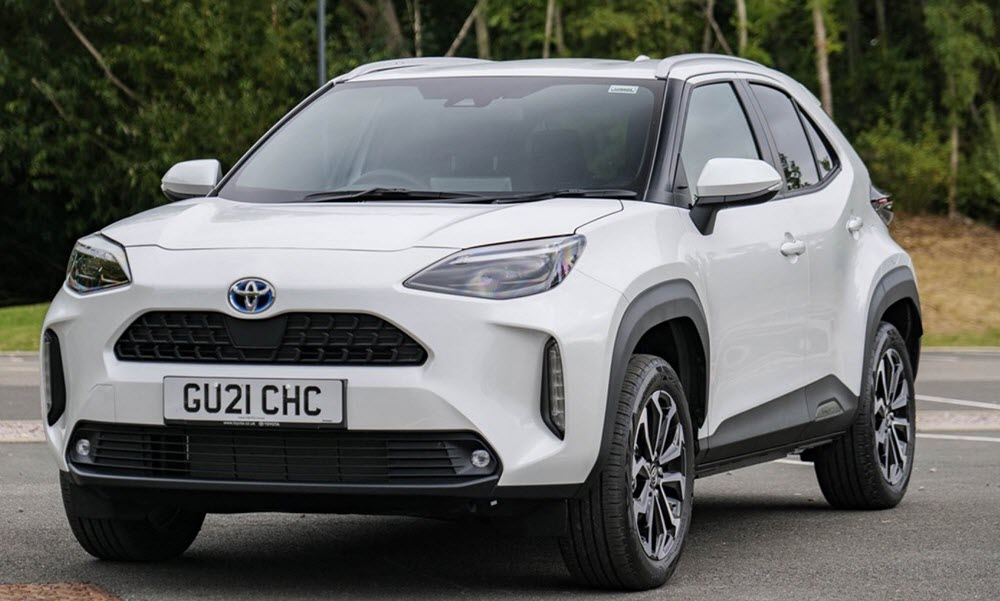Hybrid Cars
A hybrid car is a car that is propelled by at least two different power sources. A hybrid car can for instance be equipped with an on-board rechargeable energy storage system (RESS) while simultaneously being fitted with an internal combustion engine or fuel cell that makes it possible for the car to utilize a fuelled power source. The bi-energy car is a special type of hybrid car that utilizes both an internal combustion engine and an air engine. (An air engine is an engine capable of turning the potential energy of compressed air into kinetic energy. One of the most well known examples of such an engine is of course the traditional steam engine.) A hybrid vehicle can also be partly powered by human strength, but this configuration is uncommon in cars. You can however see it in vehicles such as bicycles with battery assist.

Today, the term hybrid car is primarily used for hybrid-electric cars that come equipped with both combustion engine and an electric motor. The electric motor is usually powered by electric batteries or by a rechargeable energy storage system, a so called RESS. It can also be powered by overhead wires, but this is very uncommon in cars and is normally only found in public transportations such as trams.
The hybrid car has gained a lot of attention lately due to environmental concerns and consumer calls for lowered costs through improved fuel economy. Generally speaking, a hybrid car will provide better fuel economy than a car with only a conventional internal combustion engine. This will in turn lead to less air pollution. It is however important to keep in mind that the electricity needed to power an electric hybrid car needs to come from somewhere. A hybrid car that requires regular recharging will not be very environmentally friendly if the electricity used to power the car is derived using environmentally unfriendly compounds and techniques. The first widely available electrical hybrid cars appeared on the market in 1990s in the form of Toyota Prius and Honda Insight.
Electric cars tend to be much less noisy than cars using a conventional internal combustion engine, a fact that is highly appreciated in both urban and rural environments. The difference is especially noticeable at idling and low operating speeds, e.g. when the car is stuck in a traffic jam. Many electrical hybrid cars will even shut down the internal combustion engine completely as soon as the car is idle and instantly restart it when the car needs to move again. This naturally reduces the amount of emissions produced by the car during city driving dramatically.
In modern hybrid electrical vehicles (commonly abbreviated HEV), kinetic energy is captured through regenerative breaking in order to prolong the charge on the batteries. Some electrical hybrid cars are also capable of using the combustion engine to generate energy for the battery. The battery will therefore automatically recharge while you use the combustion engine.
A plug-in electric hybrid car is a special type of hybrid that contains batteries which can be recharged by plugging them into an electric power source. This type of hybrid car has features from both the conventional electric hybrid cars and the battery cars.
